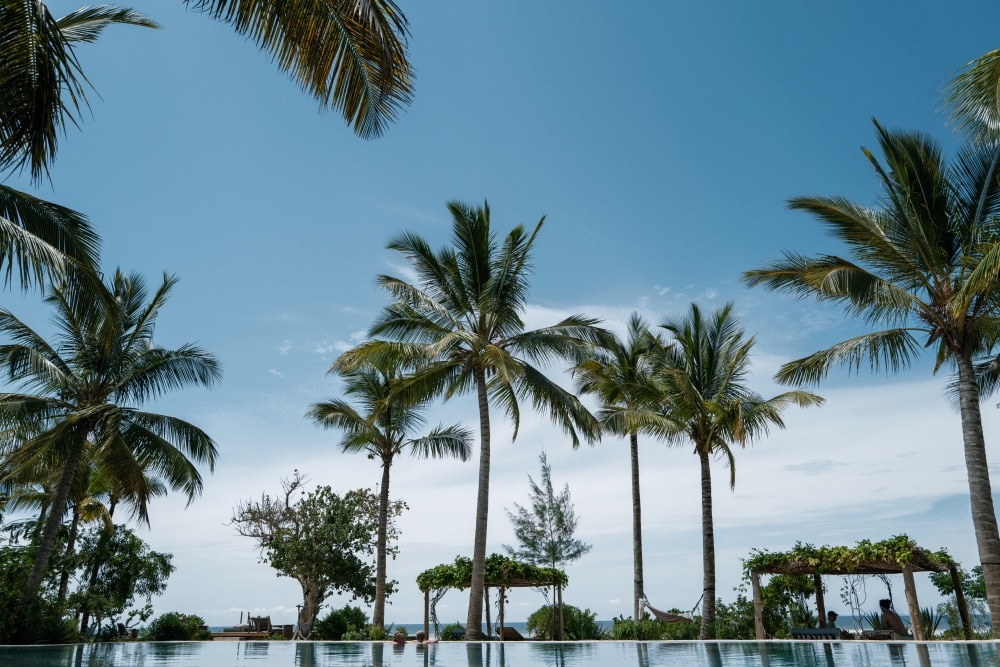Foto di Sharrie Shaw
Hotel a Surakarta
- Non preoccuparti se cambi ideaScegli un hotel con cancellazione gratuita.
- Concediti un viaggio specialeAccedi al tuo account e risparmia il 10% o più su migliaia di hotel.
- Trova l’alloggio che fa per teCerca fra un milione di strutture in tutto il mondo.
Trova una sistemazione diversa dal solito a Surakarta
Piscina
Controlla i prezzi per queste date
Questa sera
Domani
Il prossimo fine settimana
Tra due settimane
Hotel a Surakarta: trova i migliori alloggi per il tuo viaggio

Swiss-Belhotel Solo
Banjarsari
9.2 su 10, Meraviglioso, (38)
Il prezzo attuale è 44 €
tasse e oneri inclusi
23 nov - 24 nov

Lampion Hotel Solo
Surakarta
7.4 su 10, Buono, (6)

Amarelo Hotel
Surakarta
Il prezzo attuale è 18 €
tasse e oneri inclusi
24 nov - 25 nov
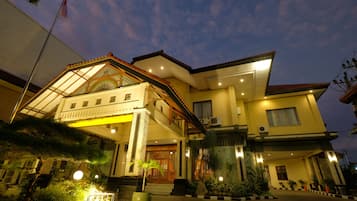
Diamond Hotel Solo
Surakarta
9.0 su 10, Meraviglioso, (2)
Il prezzo attuale è 16 €
tasse e oneri inclusi
26 nov - 27 nov
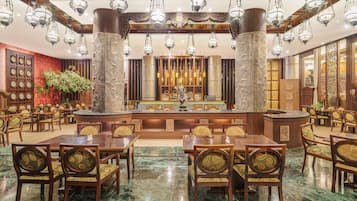
The Royal Surakarta Heritage - Handwritten Collection
Centro città di Solo
8.4 su 10, Ottimo, (165)
Il prezzo attuale è 31 €
tasse e oneri inclusi
1 dic - 2 dic
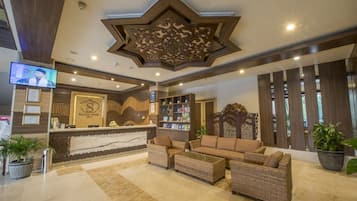
Lorin Syariah Hotel Solo
Surakarta
8.0 su 10, Ottimo, (13)
Il prezzo attuale è 17 €
tasse e oneri inclusi
23 nov - 24 nov
Prezzo a notte più basso trovato nelle ultime 24 ore, per un soggiorno di 1 notte per 2 adulti. Prezzi e disponibilità possono cambiare. Potrebbero essere previste condizioni aggiuntive.
Super offerte hotel per un weekend a Surakarta
Offerte per il periodo:5 dic - 7 dic
Galleria fotografica di Rumah Batu Boutique Hotel

Rumah Batu Boutique Hotel
Baki
9.0/10Meraviglioso (9 recensioni)
10% di sconto
Il prezzo è 85 €
per 2 notti, 1 camera
42 € a notte
tasse e oneri inclusi
Accedi al tuo account e risparmia in media un 15% su migliaia di hotel
Viaggio a Surakarta: i migliori quartieri dove dormire
Scopri quali sono le zone migliori di Surakarta per le tue attività preferite. Maggiori informazioni su Surakarta
Maggiori informazioni su Surakarta
Centro città di Solo
Scopri i musei e lo zoo del quartiere di Centro città di Solo, non te ne pentirai! Centro commerciale Solo Paragon Lifestyle Mall e Parco di Keprabon sono due luoghi d'interesse che dovresti includere nel tuo itinerario.
Banjarsari
Se ti trovi in zona Banjarsari, ricorda che Centro commerciale Solo Paragon Lifestyle Mall e Parco Comunale Balekambang City Park sono due attrazioni da non perdere.
Soggiorna vicino alle attrazioni popolari di Surakarta
Surakarta e destinazioni simili
Migliori recensioni hotel nei pressi di Surakarta
Alloggi economici a Surakarta

Dparagon Kerten
Jl. Siwalan Surakarta Jawa Tengah
Domande frequenti
Scopri un mondo di viaggi con Expedia
Aree di Surakarta
Surakarta: hotel vicino a un'attrazione
Hotel nei pressi di Surakarta, Java centrale
- Hotel a Java
- Hotel a Prambanan
- Hotel a Salatiga
- Hotel a Pakem
- Hotel a Sud-est asiatico
- Hotel a Tawangmangu
- Hotel a Baki
- Hotel a Klaten
- Hotel a Colomadu
- Hotel a Grogol
- Hotel a Wonogiri
- Hotel a Nguntoronadi
- Hotel a Cangkringan
- Hotel a Ngemplak
- Hotel a Laweyan
- Hotel a Boyolali
- Hotel a Selo
- Hotel a Sragen
- Hotel a Ngemplak
- Hotel a Manahan
Gli hotel più richiesti a Surakarta
Altri modi per prenotare
Ultime tendenze Expedia
Voli
![At the museum no photos are allowed which is really unfortunate as it was well worth the visit and the guided tour is definitely not to be missed. In the museum there are even Batik made from the Dutch era which depicts stories like Little Red Riding Hood and Snow White!
I enjoyed the tour v much and at the end of the tour we were brought to this room where the artisan were working on hand drawn batik.
Below is an excerpt from Wikipedia for anyone interested in learning more about the process of batik making.
Firstly, a cloth is washed, soaked and beaten with a large mallet. Patterns are drawn with pencil and later redrawn using hot wax, usually made from a mixture of paraffin or bees wax, sometimes mixed with plant resins, which functions as a dye-resist. The wax can be applied with a variety of tools. A pen-like instrument called a canting (IPA: [tʃantiŋ], sometimes spelled with old Dutch orthography tjanting) is the most common. A canting is made from a small copper reservoir with a spout on a wooden handle. The reservoir holds the resist which flows through the spout, creating dots and lines as it moves. For larger patterns, a stiff brush may be used. Alternatively, a copper block stamp called a cap (IPA: [tʃap]; old spelling tjap) is used to cover large areas more efficiently.
After the cloth is dry, the resist is removed by scraping or boiling the cloth. The areas treated with resist keep their original color; when the resist is removed the contrast between the dyed and undyed areas forms the pattern. This process is repeated as many times as the number of colors desired.
The most traditional type of batik, called batik tulis (written batik), is drawn using only the canting. The cloth need to be drawn on both sides and dipped in a dye bath three to four times. The whole process may take up to a year; it yields considerably finer patterns than stamped batik.
Source: Wikipedia](https://images.trvl-media.com/place/6224808/26fd1460-c65a-4c1a-9444-7a893e883ac9.jpg?impolicy=fcrop&w=1200&h=500&q=medium)
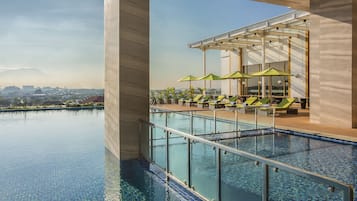

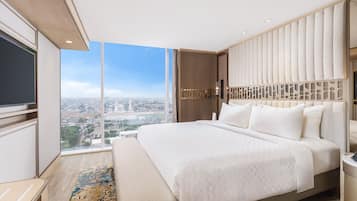




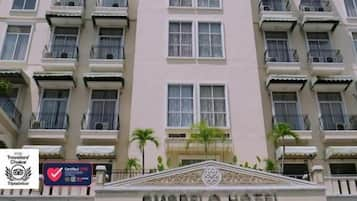
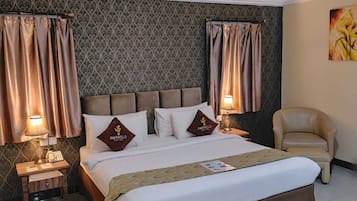


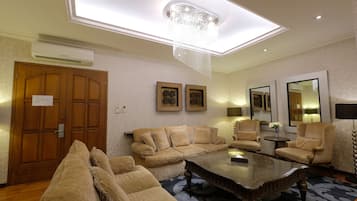
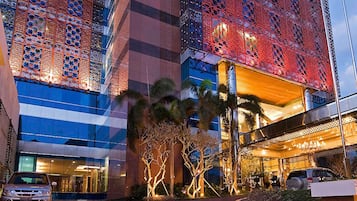
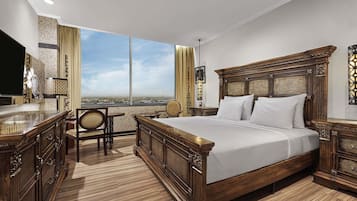


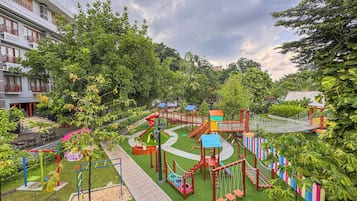



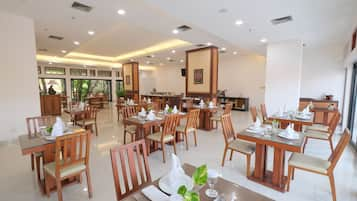
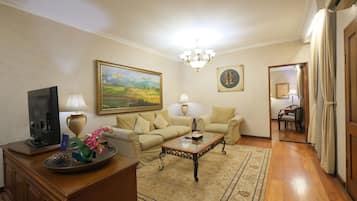

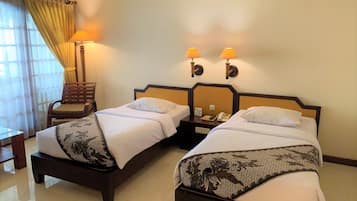


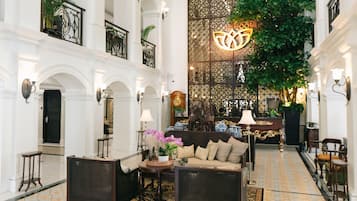

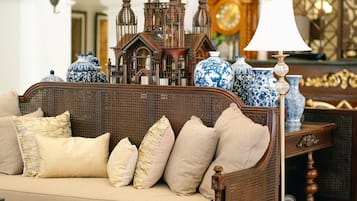
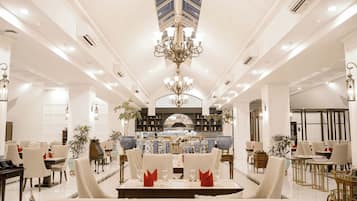

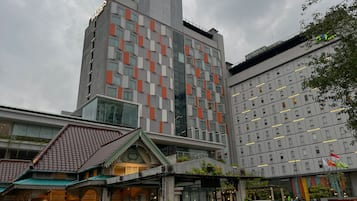
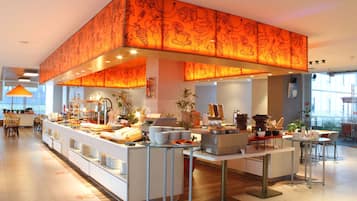

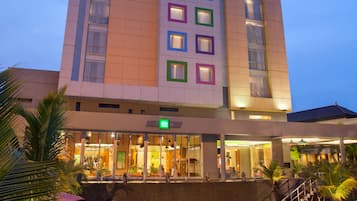

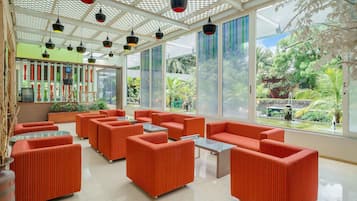

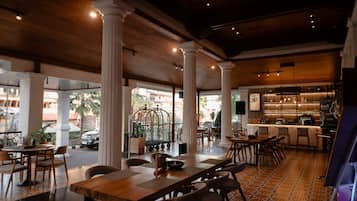

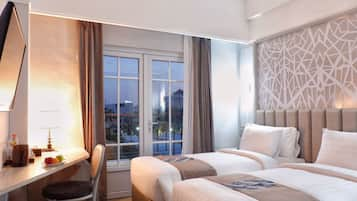

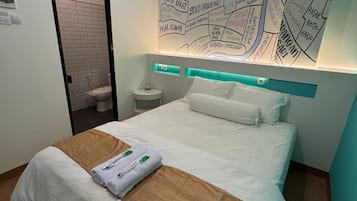
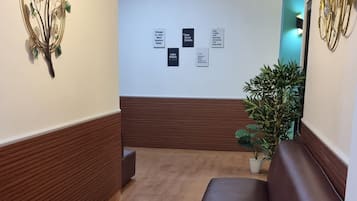

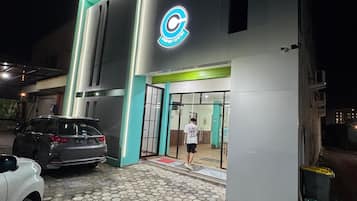




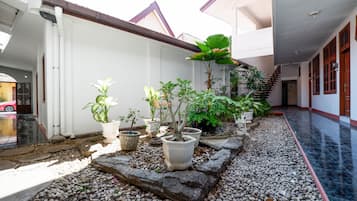
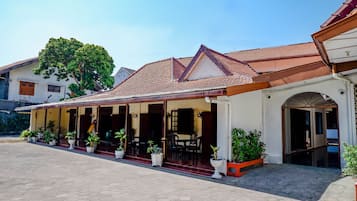




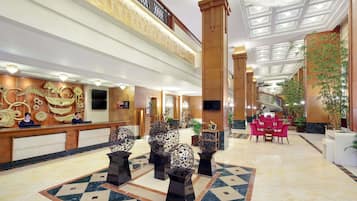
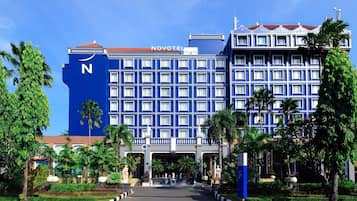
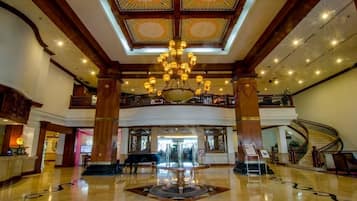



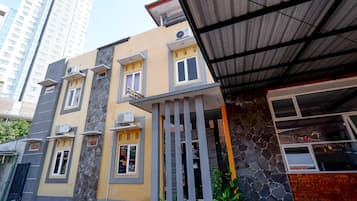
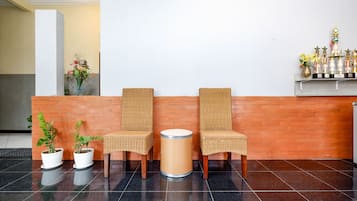

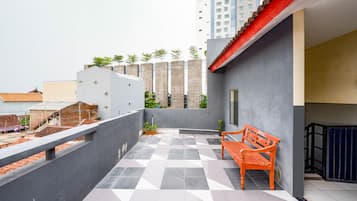
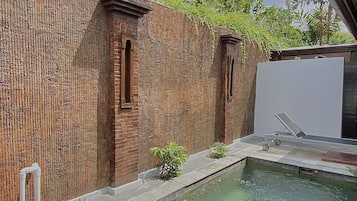



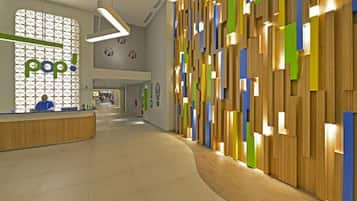
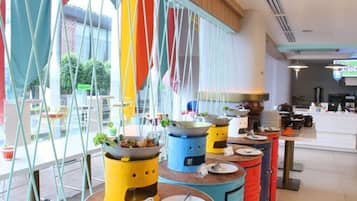




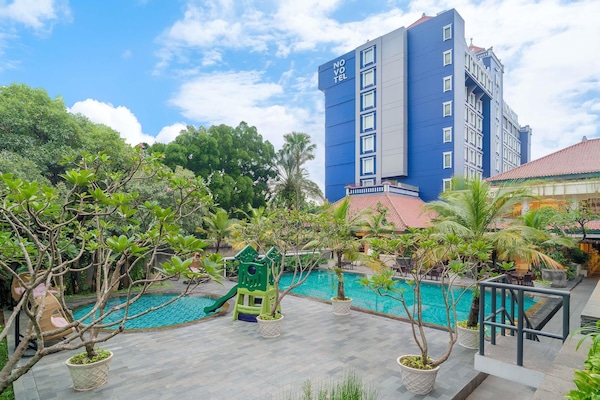






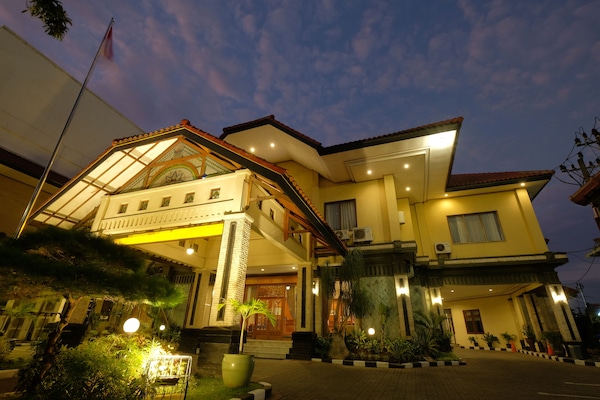




![At the museum no photos are allowed which is really unfortunate as it was well worth the visit and the guided tour is definitely not to be missed. In the museum there are even Batik made from the Dutch era which depicts stories like Little Red Riding Hood and Snow White!
I enjoyed the tour v much and at the end of the tour we were brought to this room where the artisan were working on hand drawn batik.
Below is an excerpt from Wikipedia for anyone interested in learning more about the process of batik making.
Firstly, a cloth is washed, soaked and beaten with a large mallet. Patterns are drawn with pencil and later redrawn using hot wax, usually made from a mixture of paraffin or bees wax, sometimes mixed with plant resins, which functions as a dye-resist. The wax can be applied with a variety of tools. A pen-like instrument called a canting (IPA: [tʃantiŋ], sometimes spelled with old Dutch orthography tjanting) is the most common. A canting is made from a small copper reservoir with a spout on a wooden handle. The reservoir holds the resist which flows through the spout, creating dots and lines as it moves. For larger patterns, a stiff brush may be used. Alternatively, a copper block stamp called a cap (IPA: [tʃap]; old spelling tjap) is used to cover large areas more efficiently.
After the cloth is dry, the resist is removed by scraping or boiling the cloth. The areas treated with resist keep their original color; when the resist is removed the contrast between the dyed and undyed areas forms the pattern. This process is repeated as many times as the number of colors desired.
The most traditional type of batik, called batik tulis (written batik), is drawn using only the canting. The cloth need to be drawn on both sides and dipped in a dye bath three to four times. The whole process may take up to a year; it yields considerably finer patterns than stamped batik.
Source: Wikipedia](https://images.trvl-media.com/place/6224808/26fd1460-c65a-4c1a-9444-7a893e883ac9.jpg?impolicy=fcrop&w=300&h=400&p=1&q=high)





